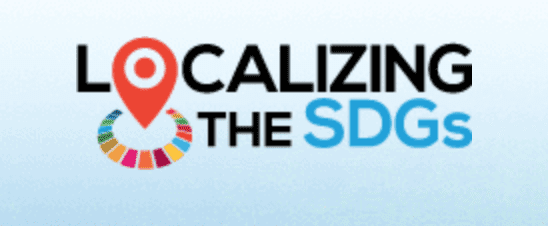New website offers ‘toolbox’ for implementing sustainable development goals (SDGs) in cities
65% of the SDGs targets are under direct responsibility of local governments which is why they need to be empowered to implement the SDGs.
UN Habitat’s Fabienne Perucca presented the new website, Localizing the SDGs, on the eve of the Habitat III world conference in Quito, Ecuador. This new website and toolbox is a joint project of UN Habitat, the Global Taskforce of Local and Regional Governments, and the United Nations Development Programme.
The toolbox
The Toolbox for localizing SDGs does not hold rigid guides, nor one-size-fits-all solutions. Instead, it has practical, adaptable mechanisms and instruments, which address various development challenges. The resources empower local actors and help channel global goals into local actions.
The main goal of this Toolbox is to facilitate an articulated set of tools to support local stakeholders and their networks, under the leadership of local, regional and national governments.
Purpose of the toolbox
The Toolbox seeks to raise awareness of the SDGs among local and national actors. It aims to improve their knowledge of the 2030 Agenda, familiarise them with the implications, opportunities and challenges in localizing it, and urge stakeholders to fully realise their crucial role. As an advocacy platform, it also seeks to create an enabling environment for the localization process, to support local ownership and ensure the SDGs integration in sub-national strategies and plans.
The Toolbox takes stock and reviews existing tools, systematizes outputs and avails the findings to policy-makers, local officers, experts and actors of local relevance. It aims at being a practical support for local stakeholders, and in particular local and regional governments, by pointing out best practices that are reliable and replicable in order to efficiently design, implement and monitor policies in line with the SDGs.
The process empowers actors within the new development architecture, including local, regional and national governments, civil society organizations, private firms, universities and research institutions. The purpose is to better integrate various actors across the immensely dynamic social, regional, political and economic landscapes of territories.
